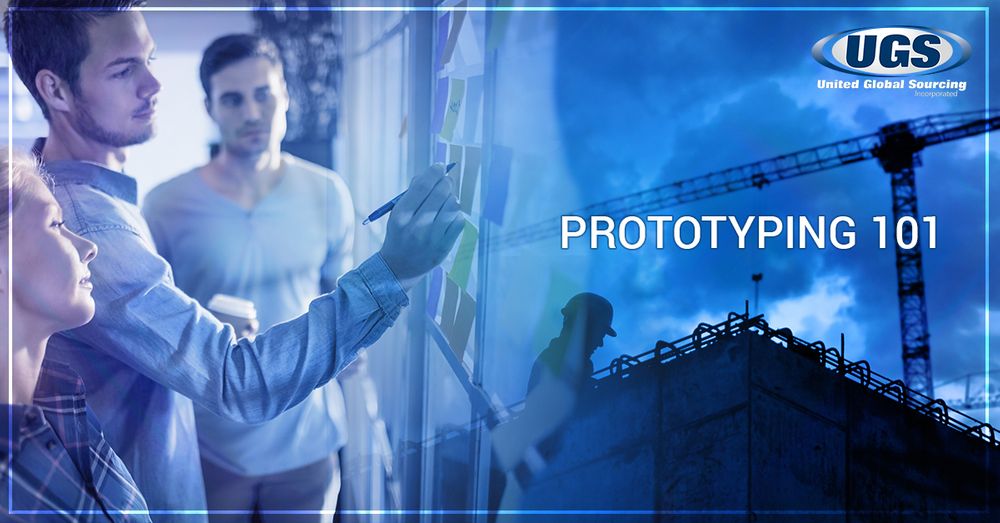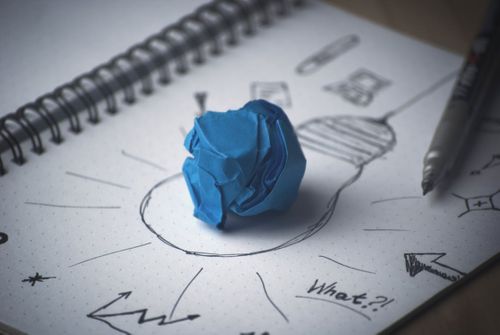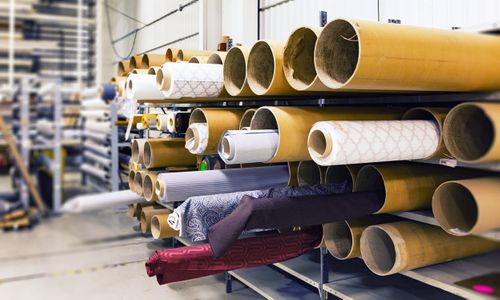Back in the old days, it took a very long time to turn an idea into a product. Luckily, with the advances in modern technology and production techniques, you can submit a large order and receive your products within a matter of weeks. Let’s look at a few things to do before you start the prototyping process.
Research Your Idea
Before you reach out to United Global Sourcing to assist you with the prototype of your product, take some time do a little market research on your idea. One thing many inventors fail to tell us is that inventing a new product requires an extensive amount of initial investigation. This will require a great deal of patience and resilience on your part.
Nicole Lininger, the director of corporate communications at InventHelp, recommends to, “Do some research into intellectual property and familiarize yourself with the process and the jargon used in the field, including patent, copyright, trademark, etc. There are numerous reputable sites you can learn from, such as the United States Patent and Trademark Office, World Intellectual Property Organization and World Trade Organization. If patent protection is something you are interested in, contact a patent lawyer."
Create A Concept Sketch of Your Idea
Did you wake up in the middle of the night with an earth-shattering idea? Have you thought of an invention that you wish was created years ago? If you answered yes to these questions, it’s time to start getting serious about your idea! The very first step to take towards turning your idea into a reality is getting it down on paper. Write it. Draw it. Document it. Do whatever you have to do to help you visualize your prototype in even greater detail.
Many people prefer to map their product or idea out using a digital drawing platform. While these can be extremely helpful for getting your ideas across, it may be more beneficial to start with a pencil and paper. In the beginning stages of your invention, you’ll probably have a myriad of thoughts and ideas running through your head. Sketch out all of your ideas, and sit on them for a few days. When you come back to your pencil and paper, you can work on refining the design of your product before moving onto the next step.
Decide What Kind Of Prototype You Want
Creating a prototype is one of the most important steps in bringing your idea to life. A prototype can be defined as a simulation or sample version of a final product, which is often used for testing prior to launch. The main goal of a prototype is to test your product. Is it strong enough? Does it work like it should? Were the materials used to make it the best choice?
Prototyping is essential when it comes to solving usability issues before the official launch. It can help to reveal areas of your product that may need improvement, and it can be used to assist you in fine tweaking your invention. There are a few different ways to make a prototype of your idea. Let’s look at three of the most popular prototypes below.
Visual Prototype
This is the most common prototype option among new and experienced inventors. A visual prototype is intended to showcase the overall shape, dimension, and texture of a product. Sometimes, these prototypes don’t have any working parts, and they may be presented as a raw material, unlike the final product.
Proof-of Concept-Prototype
A proof-of-concept prototype is normally used to provide a demonstration of the core functionality of your product. It is also used to show off the technical aspects of your product’s unique design. On a visual level, don’t expect your prototype to look exactly like the finished product. It is very uncommon to see production grade materials used in this kind of prototype.
Presentation Prototype
The third and final type of prototype is a presentation prototype. This is often a working representation of how your end product will look and work. This product is normally made of a mix of production-grade materials to balance cost efficiency with the design quality. Many people choose a presentation prototype to show product viability before they start the mass manufacturing process.



